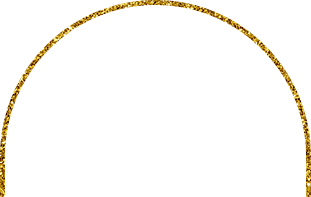I have pcod afterthat I have all pains,how to reduce it - #1063
I have pcod afterthat I got backpain, sciatica pain,neck pains,ankle pains,feet pains,how to reduce it?
Doctor-recommended remedies for this condition





Doctors' responses
PCOD (Polycystic Ovary Disease) is often linked to hormonal imbalances, and it can exacerbate other conditions like back pain, sciatica, and joint pain due to an imbalance in Vata and Kapha doshas. Here’s a comprehensive Ayurvedic approach to manage these conditions and reduce pain:
1. Regulate Hormones and Address PCOD Take Shatavari powder (1 teaspoon) with warm milk twice a day. It helps balance hormones, improve menstrual health, and support overall well-being. Consume Triphala (1 teaspoon) at bedtime to cleanse the digestive system and support hormonal balance. Take Ashwagandha (1 teaspoon) with warm milk at night to reduce stress and balance hormones.
2. Pain Relief and Anti-Inflammatory Remedies For sciatica and back pain, use Mahanarayan Taila or Ashwagandha Bala Taila to massage the affected areas (lower back, feet, ankles). Massage gently for 10–15 minutes and apply a hot compress. Take Yograj Guggulu (2 tablets twice daily) to reduce inflammation and support joint health. Consume Dashmool Kwath (herbal decoction) twice a day. It is effective for reducing Vata and inflammation in the joints and spine.
3. Dietary Recommendations Avoid cold, heavy, and processed foods that can increase Vata and Kapha. Focus on a Pitta-pacifying and Kapha-reducing diet. Eat warm, easily digestible meals such as soups, khichdi, and steamed vegetables. Add ghee and turmeric to your diet as they help with inflammation and joint lubrication. Drink warm water throughout the day with a pinch of cumin or coriander to aid digestion.
4. Yoga and Stretching Practice yoga poses like Bhujangasana (Cobra Pose), Setu Bandhasana (Bridge Pose), and Pawanmuktasana (Wind-Relieving Pose) to stretch and strengthen the back and relieve sciatica pain. Incorporate Viparita Karani (Legs-Up-The-Wall Pose) to relax the lower back and improve circulation. Avoid heavy lifting and sudden movements that strain your back and joints.
5. Joint Pain Relief For ankle and feet pain, soak your feet in warm water with Epsom salt and a few drops of eucalyptus oil. This helps relax muscles and relieve pain. Massage the feet and ankles with warm sesame oil, and gently press on the reflexology points to relieve tension.
6. Stress Management Stress can worsen PCOD symptoms and pain. Practice Nadi Shodhana (alternate nostril breathing) for 10–15 minutes daily to calm the nervous system and reduce pain. Incorporate deep breathing exercises or meditation to manage stress and promote overall healing.
7. Lifestyle Adjustments Ensure proper posture while sitting and standing. Use ergonomic chairs or supports to reduce pressure on your back and neck. Sleep on a firm mattress to support your spine and use pillows that properly align your neck.
8. Panchakarma (Optional) Consider Virechana (purgation) or Abhyanga (oil massage) under Ayurvedic supervision for long-term detoxification and pain relief. These therapies help balance doshas and remove toxins from the body.
Follow this plan consistently for 6–8 weeks to see improvement. If symptoms persist, consult an Ayurvedic practitioner for a personalized treatment plan.

100% Anonymous
600+ certified Ayurvedic experts. No sign-up.
About our doctors
Only qualified ayurvedic doctors who have confirmed the availability of medical education and other certificates of medical practice consult on our service. You can check the qualification confirmation in the doctor's profile.


